November 6 Types of facade implementation methods
Various methods of execution of facade, execution of facade The buildings are usually in modern and classic styles, they also use different materials. To run the view, you must first select the view model you want. Choosing the right dry facade system for any building according to the usage and many other factors is a very specialized matter, that’s why you should get help from experts who have a lot of studies in this field.
One of the most important issues in the field of facade implementation is considering the context of the neighborhood or the context of the city. The coordination of the facade of the building with the elements that exist in the city is a significant point. So the first option is where the building you want is located. with us in Kasri Marshipur brick making be with
Methods of execution of the facade:
As we mentioned, the facade implementation methods are very different from each other and you can choose any one you want for your building. In the following, we introduce some methods of implementing the view.
Important note: You can buy Plaque facade brick Refer to the products page.
Façade using cement mortar:
Types of façade execution methods, because buildings are usually not level, facade execution with cement mortar will cover this defect. This method moves at a slower speed than other facade execution methods, and on the other hand, the cement, grout, and mortar used can cause the facade to be dirty, and this method of facade execution will also cause debris and construction waste. The advantage of this method is that the connection between the facade and the body by cement has good strength, and unlike other methods, this facade implementation method does not require engineering studies before implementation and can be implemented by master craftsmen.
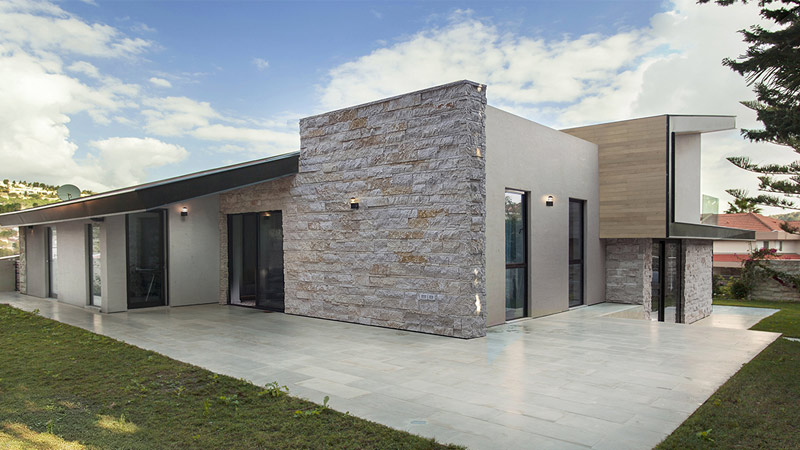
Façade using glue:
Different types of façade implementation methods, choosing the right glue that is compatible with brick, ceramic, etc. in terms of technical characteristics is important and requires engineering studies. It should be noted that this glue acts like an elastic material and has the ability to absorb the vibrational movements of the machined piece (tile, brick, etc.) and the foundation. Before using the glue, it is necessary to apply cement plaster on the wall. The glue must be spread on the back of the brick, stone or ceramic, so that there is no unglued part on the back of the piece. When the environment is saturated with water in the sealed areas, water can penetrate and may freeze and finally, bricks or ceramics will be removed from the surface of the facade. Therefore, the strapping must be done in such a way that it completely prevents the penetration of water.
Dry view:
The dry facade system is a facade implementation system in which mortar is not used to connect the facade components including clay panels, stones, etc., but metal equipment such as rails, screws, etc. are used in this system. This system can be used with clay and stone, ceramic, glass and composite panels.
The components of a dry facade system are:
1) Thermal insulation
2) Support frame
3) empty ventilation space
4) Connections
5) clay panels and…
Important note: You can buy Refractory brick Refer to the products page.
The advantages of the dry facade system with clay panels are:
1. Sound insulation
2. No need for professional workers for installation : The implementation of the dry facade system requires engineering studies at first, and apart from the project supervising engineers, other executive personnel can be simple trained workers. Since in this facade implementation system, the installation of facade parts and rails is executed according to the plan, therefore, the implementation of this system does not require a professional worker.
3. High execution speed In the dry facade, due to the use of metal frames, which are considered as the template and model of the facade, and because of the possibility of preparing the facade on the ground floor and not using scaffolding, the speed of the facade is significantly increased.
4. No construction waste and noise : In the dry facade system, due to the absence of mortar and the clarity of the execution plans and standardized panels, the amount of waste and construction debris is very low, and its implementation is done without noise.
5. Reducing energy loss In the dry facade system, first a thermal insulation is independently fixed to the building body with a mechanical connection or adhesive, then the supporting frame or skeleton, which is made of wood, steel or aluminum, is connected to the building until the dry facade, observing the distance from the insulation. Place the heat on the support frame. The empty space between the facade and insulation is the best thermal insulation, so this system plays a significant role in reducing energy loss.
6. Ease of implementation for tall buildings : Due to the lack of mortar, the implementation of this system is much faster and easier than other facade implementation methods in the high parts of the building. Also, in this system, there is access for periodic maintenance, especially in high buildings, but this system is for Low-rise residential houses are expensive and usually not used.
7. The possibility of repairing and renovating old buildings
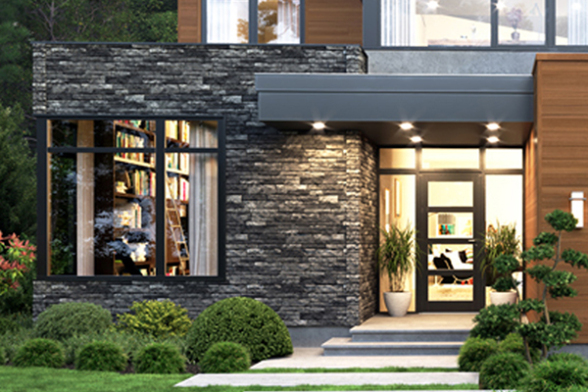
The method of implementing the cement facade of the building:
The facade contractor first chromes and ingots the entire wall by experts to implement the cement facade. The distance between the ingots is a maximum of one meter. Then, a mortar composed of medium-grained sand and Portland cement is prepared in a ratio of 3:1. In the next step, the space between the two bars is filled with mortar so that the mortar sticks to the wall and the surface is leveled with it by drawing bars between the two chromes and the trowel board.
This work is called lining. Before performing the procedure, you should think of a solution to strengthen the connection between the lining and the procedure. A traditional and practical solution is to make cracks and grooves in the paid layer of the lining. To implement the procedure like concrete washing using temporary or permanent components, we create the desired shape and then perform the final operation by polishing the surface of the procedure.
We can use light aggregates or normal aggregates in the top or even use prefabricated concrete wash instead of the top. The facade contractor can also use cement and colored granules in the cement facade.
How to implement the composite facade of the building:
Facade contractor for implementation Composite view According to the executive plans, we are going to carry out installation operations that include infrastructure, chassis construction, sheeting and assembly of aluminum panels. Installing composite sheets in the form of a half-box on the facade, to prepare these sheets, cutting operations from raw sheet, grooving, bending and assembly are done by CNC machines or by technicians.
After the production and assembly of the sheets is finished, we install them in place with screws or rivets according to the type of implementation method. Sealing is also done by sealing tapes or special silicone adhesives. You can use various perforated, fireproof and plaque bricks for the facade, all of which are available in Kasri Marsipour brick store.
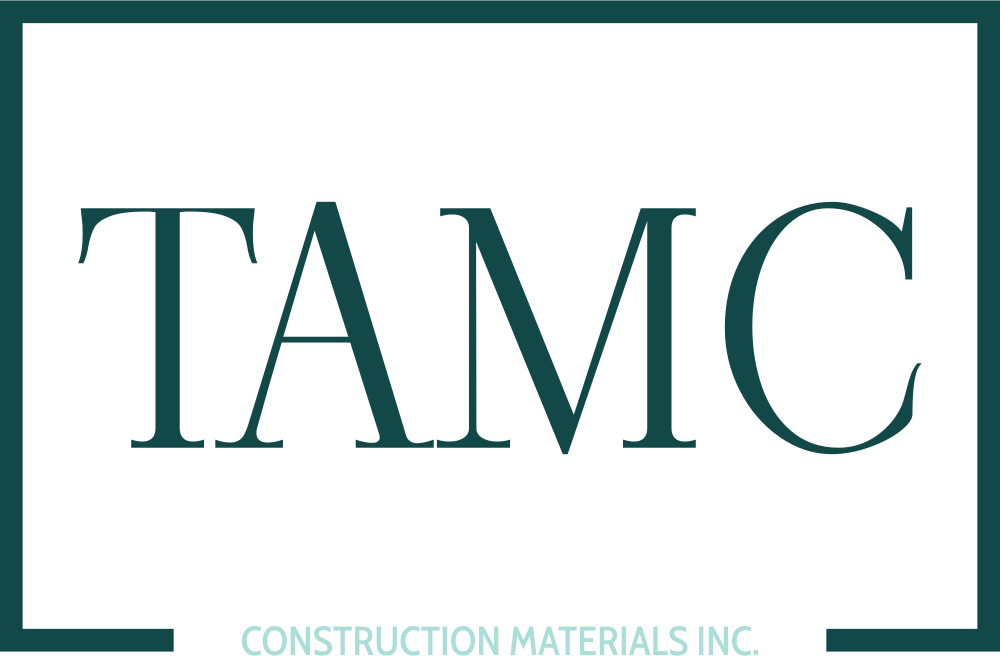

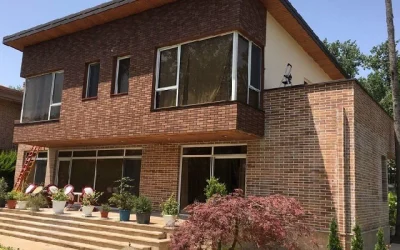
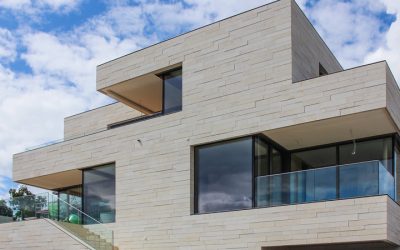
0 Comments